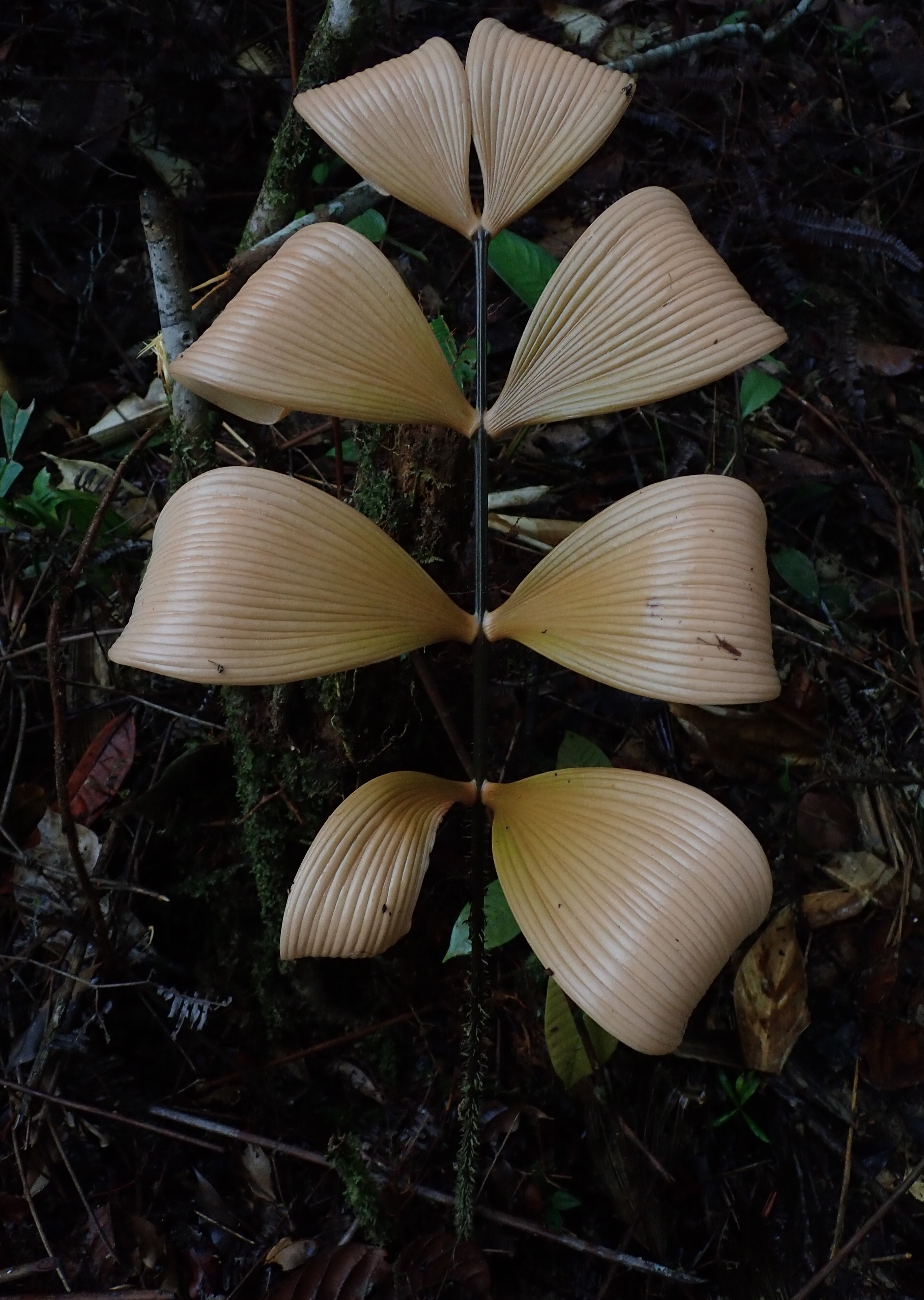

Here you can find shorts, infographic and other resources to learn more about Cycads and Zamia of Colombia in a funny way. All this resources (Spanish), are free use, you can use them for your projects and/or environmental education activities about Zamias, plant conservation and all the biodiversity associated to them: ¡Enjoy this resources!
¡The Zamias that live between us are living fossils!
In Colombia we have the fortune to have the major number of Zamia species of the world.
Zamia belongs to the Cycadales lineage and are known as cycads, which are pines and cypresses related gymnosperms, which the majority are endangered for extinction.
Help us to conserve the Zamia species and with them all the species that lives them ecosystems.
Zamia is a gymnosperm which is pollinated by beetles of genera Rhopalotria (Belidae) and Pharaxonotha (Erotylidae).
Here we observe how some mature individual of Pharaxonotha sp. roam pollen strobili of Zamia wallisii, endemic to Colombia and Critically Endangered.
Z. wallisii is a conservation object of Natural National Parks of Colombia.
Zamia manicata is a native cycad of very wet tropical forest from Colombia and Panamá.
A project about dispersion of this species was development by researchers from Universidad de Antioquia, helped by camera traps, they achieve document some visitors of ovulate strobili.
Smalls and medium vertebrates as birds and mammals, were caught prowling female plants.
By the first time the Rufous Motmot (Baryphthengus martii) was observed feeding with mature seeds of this Zamia.

All Zamia species have its own herbivores. The most famous are the Lepidoptera Eumaeus sp., a genera of butterflies which develop its life cycle in plants of Zamia.
Mature insects lay the eggs in the reverse of new leaves, then, the larvae feed with leaves until they settle over other leaves and become in pupa, from which flashy adult butterflies emerge.
Here we can see how Eumaeus sp. larvae is feeding of leaves of Zamia encephalartoides, endemic to the Chicamocha Canyon, in Santander, Colombia.
Zamias are known as “living fossils”, its populations are relatively small and many of them are in habitats with a great destruction by the expansion of the agricultural frontier, cattle and infrastructure
A mutualism relationship between zamias and its pollinators. A plant species that you can find it the understory and have very specials pollinators that benefit from nutrients of Zamia to protect themselves from predators.
Between the four new world cycad genera, Zamia, with 83 species, is the most species richness and with more wide distribution range of the four genera in the neo-tropic. Colombia, with 26 species, is the country with more diversity of Zamias. The Zamia diversity will be discussed under a phylogenetic and geographic framework.
Card Game (Spanish): JUGANDO CON LAS ZAMIAS, UN JUEGO PARA PROTEGER LA BIODIVERSIDAD |
All rights reserved Copyright © -- 2022 -- Developed by Cyber System
SCC - Sociedad Colombiana de Cycadas - ONG
Medellín - Colombia